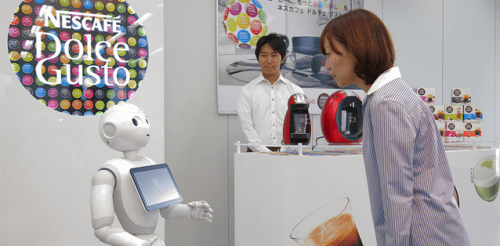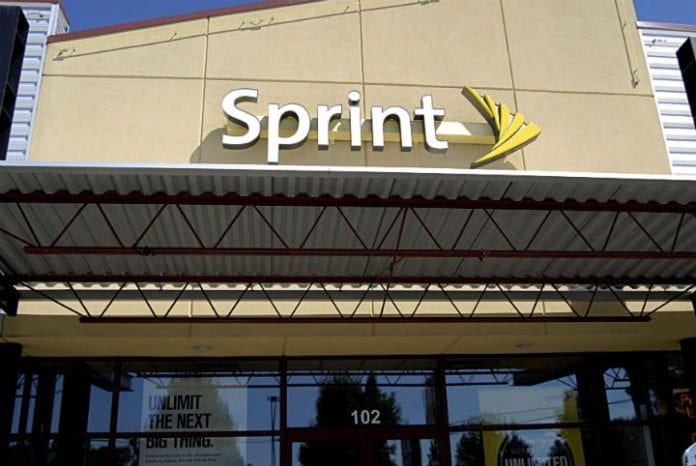GM for Sprint’s IoT business sees AI as a game-changer for connectivity
Ask Mohamad Nasser what he sees in his internet of things crystal ball, and he brings up the recent debut of Pepper, a humanoid robot being used in Softbank stores in Japan to interact with customers.
“I tell you, it’s one of the most exciting things,” Nasser said. “It’s really the initial thrust into [artificial intelligence].”
Nasser is the general manager for Sprint’s IoT business unit, which covers product

development, marketing and sales. The carrier recently took home a Frost & Sullivan award for cellular IoT competitive strategy, innovation and leadership. Nasser has been running Sprint’s IoT business for the past eight years, during which he said that the number of connected devices on Sprint’s network has boomed from about 4 million to about 13.5 million. He said that Sprint has about 19% market-share in IoT connections, coming in after competitors AT&T and Verizon. Nasser said that Sprint is seeing a compound annual growth rate in IoT connection of about 30%, although he expects that to slow a bit this year as the carrier continues to see IoT device migration from CDMA to LTE. Last year, Nasser said, Sprint had 3.2 million connected device gross additions.
“We have definitely been growing the business quite nicely,” he said, using what he calls the “three-legged stool” approach: connectivity; offering packaged end-to-end IoT solutions; and developing custom IoT solutions that are sometimes white-labeled, such as its support of Chrysler’s connected vehicle service, UConnect.
Sprint also targets its efforts to specific IoT verticals, Nasser said, with emphasis on pursuing IoT business in three primary areas:
- Transportation, including fleet and asset management (“planes, trains and automobiles, basically,” he says).
- Retailers from large to small. This involves providing digital signage and point-of-sale systems, Nasser said, as well as remote asset management of things like building heating and cooling systems.
- Insurance/healthcare. Nasser said that this originally flowed from connected vehicle insurance, but that the carrier is “starting to venture a little bit more into the insurance space, but really with a healthcare flavor”, with use cases such as monitoring patients after surgery.
Asked about the mix of high-speed/data-intensive IoT devices such as video cameras, versus low-speed connections for small amounts of data, Nasser said that about 80 to 85% of the IoT traffic is of the latter category, or “bursty versus thirsty”. He expects that to continue to dominate, with the exception of high-speed data demand as the connected car category continues to grow. Sprint has been particularly successful in the small-to-medium business market for IoT, Nasser said, in helping companies such as local laundry delivery service go from a very manual approach to delivery management to one that provided information on exactly where the business’ handful of vans were located and driver behavior behind the wheel.
While those type of relatively simple advancements help small businesses “leapfrog into the future” in terms of efficiency, Nasser said, he sees even grander opportunity in the marriage of IBM’s Watson AI to Pepper,to “create new business models and take advantage in retail, and in healthcare, and in the airline business. Everyone is chomping at the bit to really bring something special” to customer interactions — and for Sprint, the combination of connectivity and AI presents a new way to “connect our customers to their customers” through AI-powered “things”.
“AI is going to be, I think, a game-changer,” Nasser said. “When you have the brains of Watson, just think of all the things that can do for you, and really change the lives of people. This is where connectivity is a player, delivering all the information over the air — but the intelligence within it, that’s the beautiful part of Pepper. It’s changing the paradigm of phone companies to become solution companies, to get away from the paradigm of gross adds, gross adds, gross adds to become a solution company. We are changing the paradigm.”


